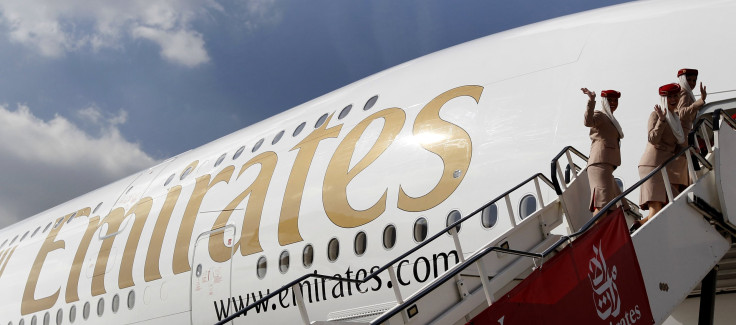Where Did Air Passenger Traffic Grow In 2013?

Passenger demand for global airlines maintained historic growth rates in 2013, with a 5.2 percent increase over 2012, according to new statistics from the International Air Transport Association (IATA).
The trade organization, which represents some 240 airlines comprising 84 percent of global air traffic, found that emerging markets like Latin America and the Middle East fueled new demand, putting 2013 in line with average growth rates over the past 30 years despite a difficult economic environment.
“There was a clear improvement trend over the course of the year which bodes well for 2014,” IATA Director General Tony Tyler said in a statement. “Last year’s demand performance demonstrates the essential and growing role that aviation-enabled connectivity plays in our world. And with system-wide load factors at 79.5 percent, it is also clear that airlines are continuing to drive efficiencies to an ever-higher level.”
If you flew through North America last year, it may come as little surprise that the region had the highest load factor in the world, with planes flying at an average capacity of 82.8 percent. While employment growth and consumer spending were both up, North American carriers reported the slowest year-on-year passenger growth in the world at just 3 percent.
European carriers also saw only a moderate 3.8 percent rise in demand last year, well below the region’s annual growth rate of 5.3 percent in 2012. Like its North American counterparts, capacity was exceedingly high at 81 percent, a 2.8 percent rise over 2012.
“Modest economic improvements in the Eurozone since the second quarter and rising consumer and business confidence are providing a stronger demand base for international travel,” the IATA noted in the report. “And after weakness in previous months, job losses in the Eurozone stabilized in December.”
African airlines’ demand, meanwhile, rose 5.5 percent to bring it slightly above the global average, but below its 2012 growth of 7.5 percent. Capacity was up 5.2 percent, though planes still only took off at about 69 percent full on average, the lowest among all regions. IATA said the demand environment in Africa was strong with robust economic growth of several economies and a desire to develop internationally trading industries. Yet, a slump in the regional powerhouse of South Africa tempered growth in 2013.
Asia-Pacific saw growth that was relatively on par with the global average at 5.3 percent. Following a slow start to the year, the IATA said carriers in the region saw a pick-up in the third quarter, supported by the stronger performance of major economies like China (up 11.7 percent) and Japan (up 5.2 percent). Capacity, however, remained flat at 77.7 percent.
Latin America and the Middle East were, far and away, the strongest performers in 2013. Carriers in South and Central America posted an 8.1 percent rise in demand, supported by the robust expansion of economies like Colombia, Peru and Chile. Capacity expanded 7.4 percent year-on-year, sending load factors up 1.3 percent to 79.2 percent.
Demand for Middle East airlines rose a healthy 12.1 percent, which, while below the 15.4 percent growth recorded in 2012, still gave the region the strongest increase in passenger traffic. “Carriers in the region have benefited from the continued strength of regional economies, particularly Saudi Arabia and the United Arab Emirates, and solid growth in business-related premium travel, particularly to developing markets such as Africa,” the IATA noted in the report.
Worldwide, demand in international markets expanded at a slightly faster rate than domestic at 5.4 percent and 4.9 percent respectively. Global carriers saw a 5.2 percent increase in passenger demand over 2012 figures, while capacity rose 4.8 percent and load factors averaged 79.5 percent.
© Copyright IBTimes 2024. All rights reserved.






















